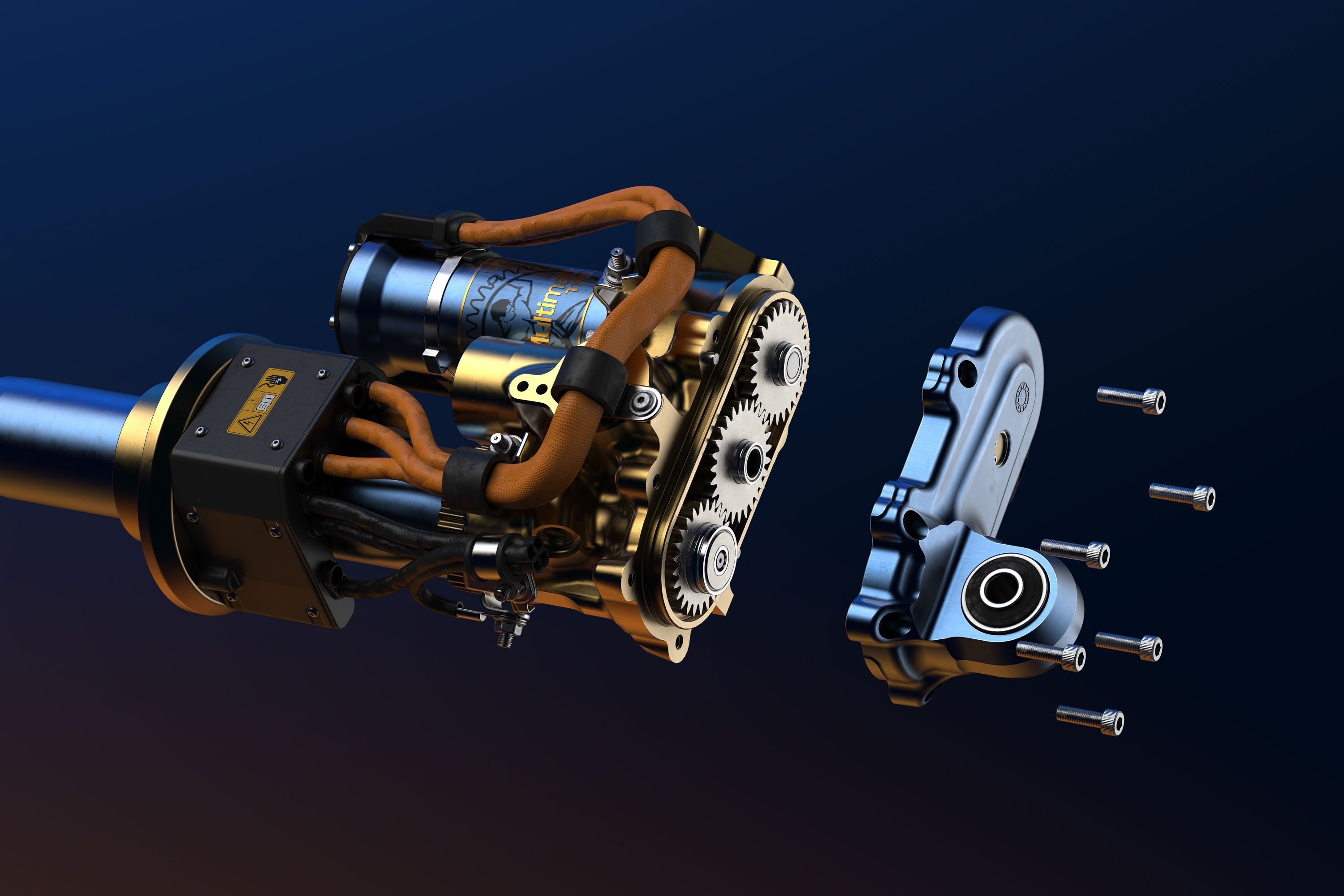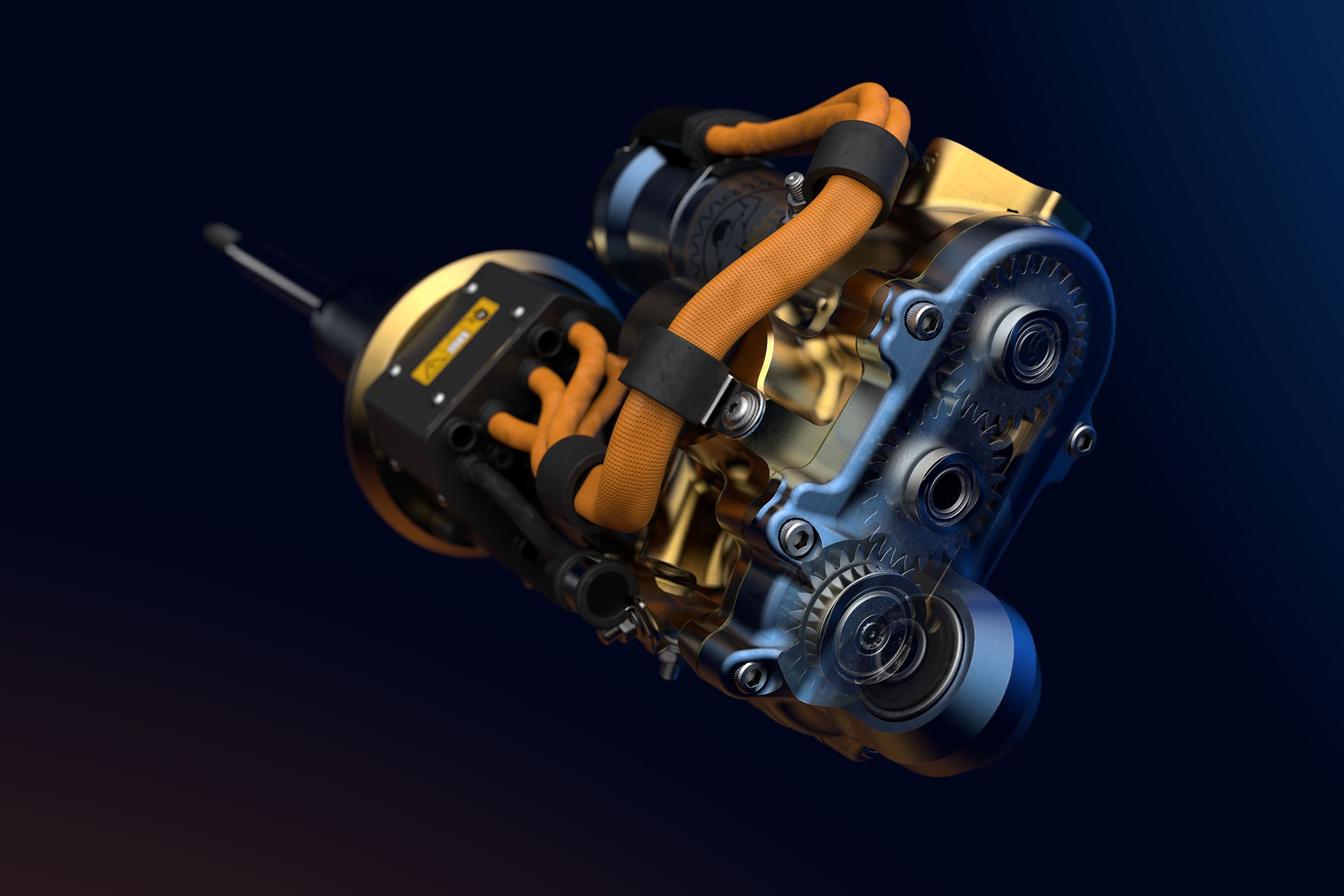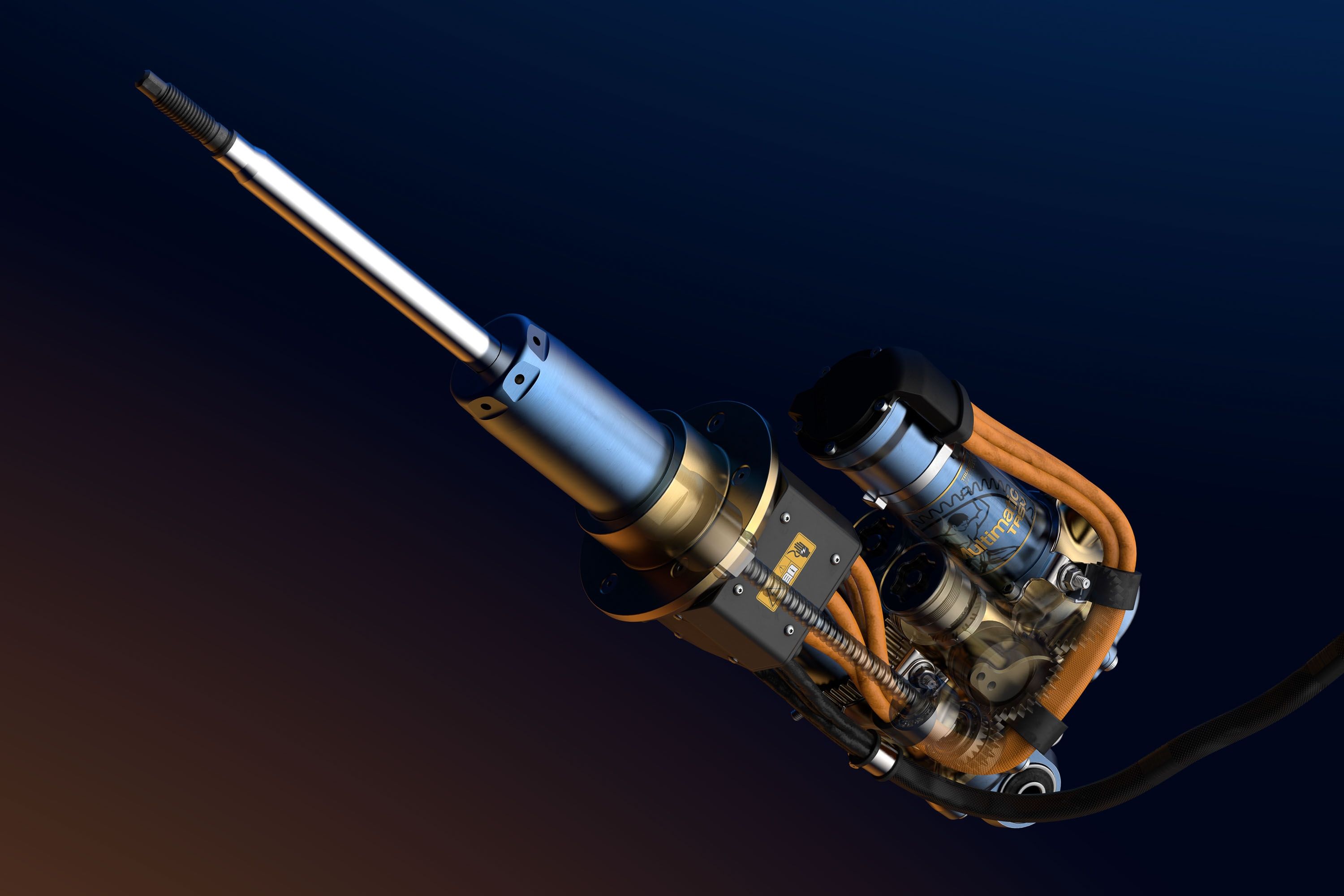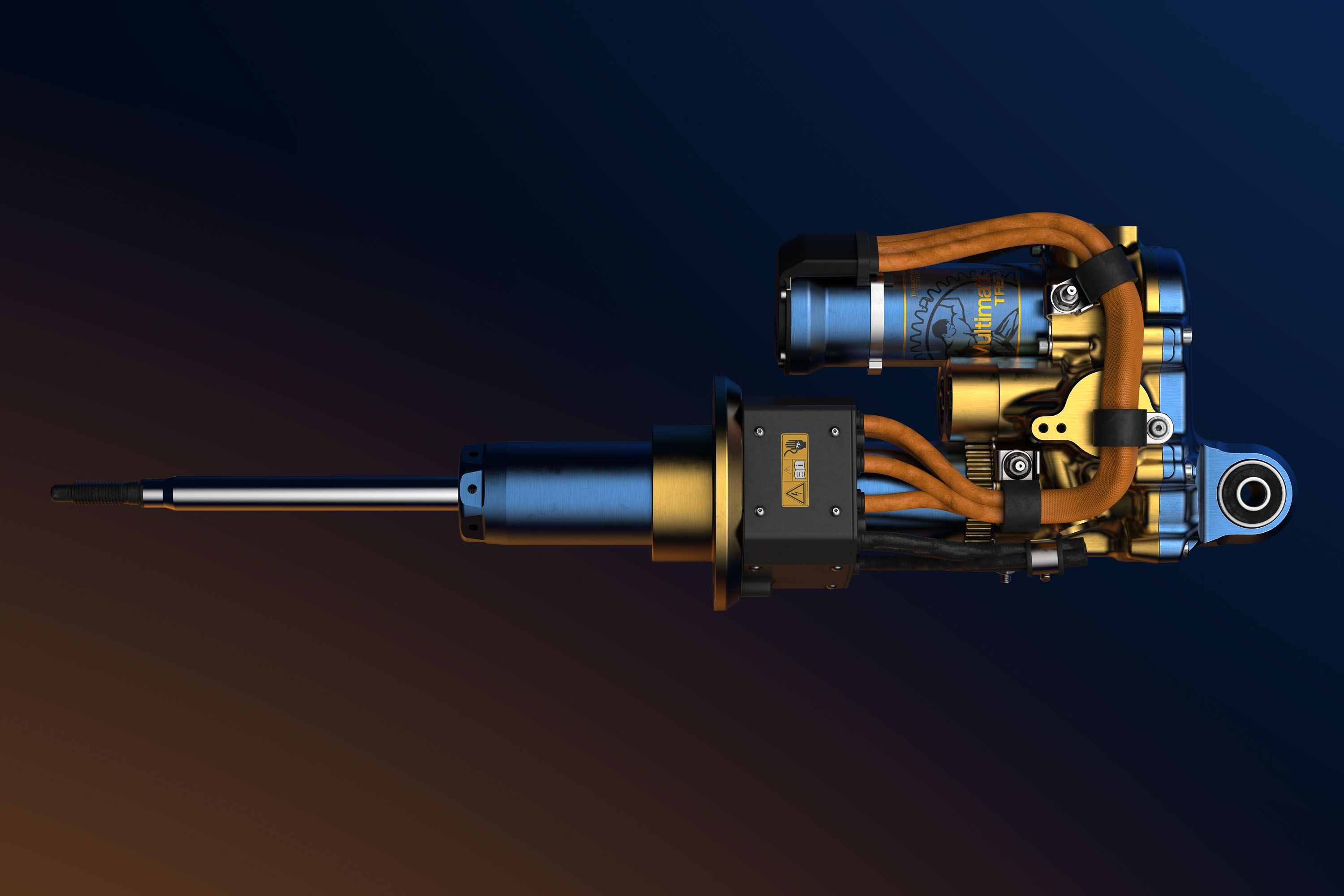
Yesterday, Ferrari took the wraps off the Purosangue, a car, it says, you should not call an SUV. Instead, it must be known as a Ferrari Utility Vehicle. However you choose to describe it, the Purosangue is spectacular. It comes with a singing V12 engine, electronically opening rear-hinged rear doors, and an innovative take on suspension that negates the need for anti-roll bars.
That suspension system comes from the experts at Multimatic, who have taken their existing active spool-valve dampers and enhanced each of them with an electric motor. This is claimed to keep the car flat in even the most demanding corners, but how does it work, exactly?
Let's first get the nitty gritty out of the way. Maranello calls this system Ferrari Active Suspension Technology (FAST), while the suspension supplier has named its innovation Multimatic TrueActive Spool Valve Dampers (TASV).
Multimatic notes that all dampers, both active and passive, are reactive elements. They are "designed to absorb energy imparted by the road surface and G-forces resulting from driver inputs to reactively control subsequent suspension movements and tire forces." But the new system goes a step further. This active system is "capable of exerting enough force to move the entire vehicle body in anticipation of a road disturbance or driving maneuver to achieve optimal handling performance and ride comfort in all conditions." The system is basically so fast that it seems predictive.
Instead of waiting for the car to hit a bump or turn a corner and then trying to control how that force affects the car, these motors lift and move the body based on the way the car is starting to behave from the very moment that there's additional or reduced load on an individual corner.
As soon as the system senses that there's a bump, undulation, crest, corner, or any other situation that could upset the car, it immediately adjusts each individual damper on the vehicle so that the road imperfection or corner cannot destabilize the car. By so doing, the car stays flat at all times, which makes for a more comfortable yet more agile drive. This system thus eliminates the need for anti-roll bars or dynamic ride height and rate adjustment systems. Multimatic also says that the system can control wheel motions better and at higher frequencies than adaptive or semi-active suspension.
The TASV dampers each use a liquid-cooled, 48-volt, three-phase, brushless electric motor that channels additional force through a unique twin-lead ball screw and gearbox assembly into the damper shaft. In the case of the Purosangue, each damper actuator assembly has an onboard motor control module that is managed by a vehicle dynamics controller. This is programmed with various strategies to counteract the effects of bumps, undulations, and other scenarios that could affect vehicle stability.
"This technology makes it possible to continuously control the vehicle body to achieve targeted vertical, roll and pitch dynamics at any speed," said Michael Guttilla, Multimatic's VP of engineering. "For example, the system can actively lower the vehicle's center of gravity and control pitch and roll stiffness under acceleration, braking and cornering to maximize traction and dynamically optimize under/oversteer handling balance. It can also optimize tire contact with the road as the vehicle drives over rough surfaces, delivering exceptional ride quality and stability."
Multimatic proudly claims that "automakers and consumers no longer need to choose between ultimate performance, stability, or ride comfort" because the TASV system delivers it all without any compromise. Multimatic CEO Raj Nair says that this system can give the driver what they want, the tires what they need, and the vehicle what it needs all at once, unlocking a level of vehicle control "far beyond what is possible with electronically adaptive and semi-active systems."
We look forward to experiencing it late next year or early in 2024 when the Ferrari Purosangue will start making its way to customers' garages.





